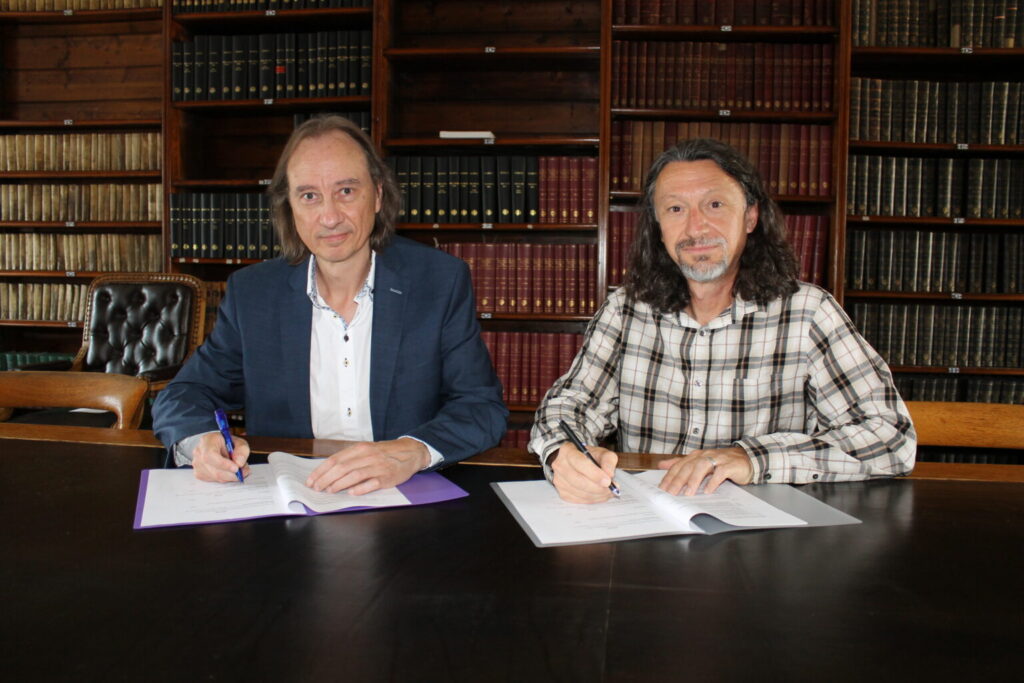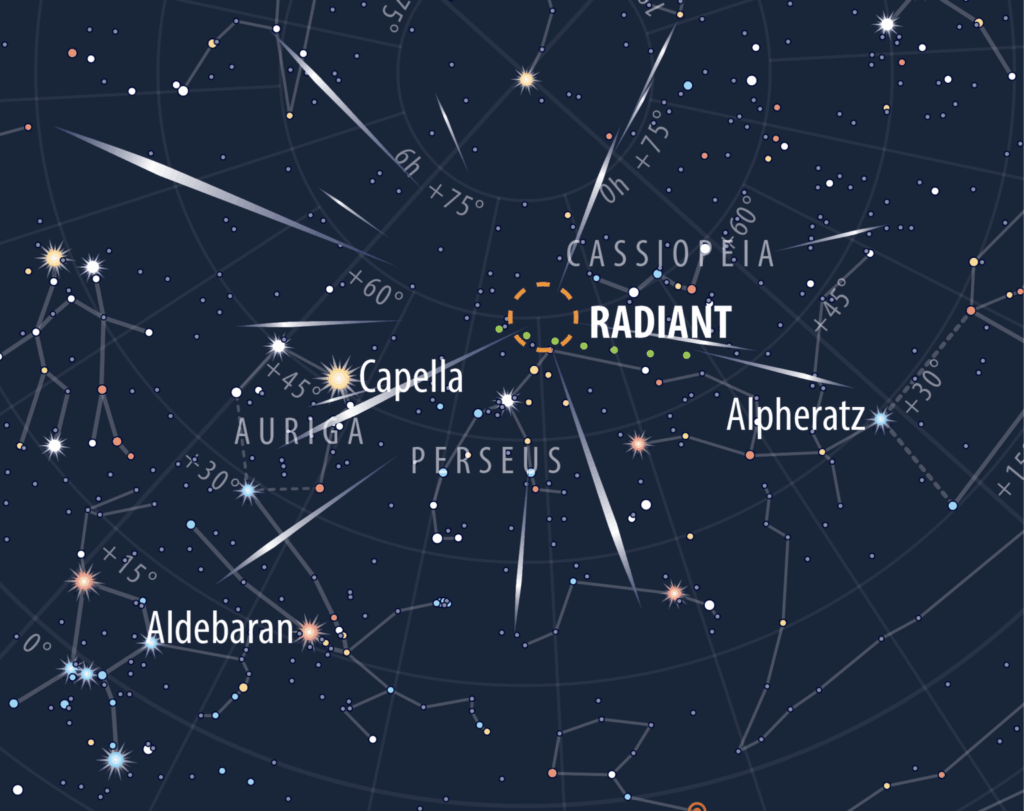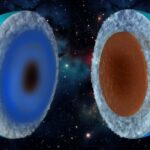Now Reading: Venus and Jupiter’s bright morning conjunction
-
01
Venus and Jupiter’s bright morning conjunction
Venus and Jupiter’s bright morning conjunction

Get ready for a clash of the titans when Venus and Jupiter, the two brightest planets in our Solar System, come together for a dazzling event visible across the length and breadth of the UK. By Astronomy Now’s Night Sky manager Mark Armstrong.
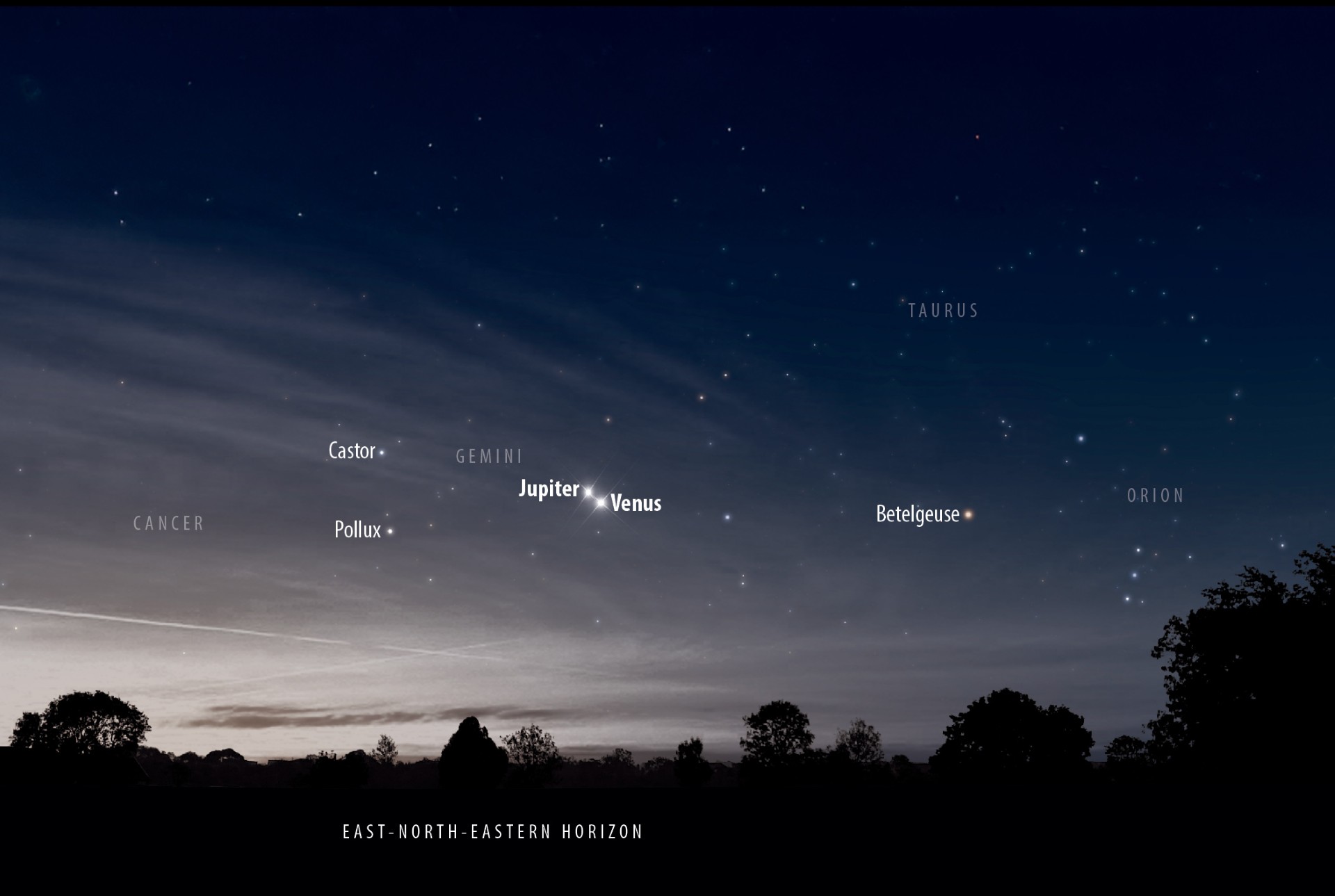
There’s nothing quite like two bright planets drawing close together. So, make sure you set your alarm for the small hours of Tuesday 12 August to see dazzling Venus and brilliant Jupiter, shining at magnitude –4 and –1.9 respectively, lying around 50 arcminutes apart. That is less than two full Moon diameters!
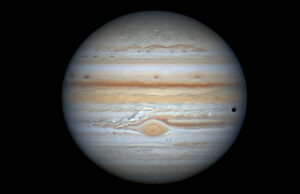
The conjunction takes place low over the east-northeastern horizon, so you will need to stake out a decent observing site beforehand.
On the morning of 12 August, Venus and Jupiter rise among the bright stars of Gemini at about 2.30am BST from London (about 10 to 15 minutes earlier from Edinburgh), with Jupiter peeping above the horizon first. Under haze-free conditions both planets should be easy to see in a dark sky about 3.30am (check your smart phone or pocket compass for an azimuth of around 63° and 73° from London and Edinburgh, respectively).
Having a pair of binoculars to hand is a prudent move in case of less than cooperative atmospheric conditions. And owing to the significant atmospheric dimming this close to the horizon, neither planets will appear quite as bright as their magnitudes suggest.
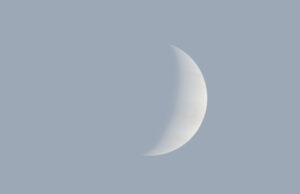
A small telescope will give a great view of the conjunction, and even a 200mm (8-inch) SCT operating with a low-power wide-field eyepiece frames the pair.
By about 4.15am from London (around 90 minutes before sunrise) the gathering twilight begins to lighten the sky significantly. By then, Venus and Jupiter will be 14 degrees high, climbing to 27 degrees or so and lying due east by sunrise.
Stay Informed With the Latest & Most Important News
Previous Post
Next Post
-
 01From Polymerization-Enabled Folding and Assembly to Chemical Evolution: Key Processes for Emergence of Functional Polymers in the Origin of Life
01From Polymerization-Enabled Folding and Assembly to Chemical Evolution: Key Processes for Emergence of Functional Polymers in the Origin of Life -
 02Two Black Holes Observed Circling Each Other for the First Time
02Two Black Holes Observed Circling Each Other for the First Time -
 03How New NASA, India Earth Satellite NISAR Will See Earth
03How New NASA, India Earth Satellite NISAR Will See Earth -
04SpaceX launch surge helps set new global launch record in 2024
-
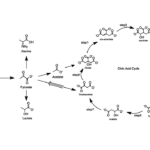 05Thermodynamic Constraints On The Citric Acid Cycle And Related Reactions In Ocean World Interiors
05Thermodynamic Constraints On The Citric Acid Cycle And Related Reactions In Ocean World Interiors -
 06Φsat-2 begins science phase for AI Earth images
06Φsat-2 begins science phase for AI Earth images -
 07Hurricane forecasters are losing 3 key satellites ahead of peak storm season − a meteorologist explains why it matters
07Hurricane forecasters are losing 3 key satellites ahead of peak storm season − a meteorologist explains why it matters












